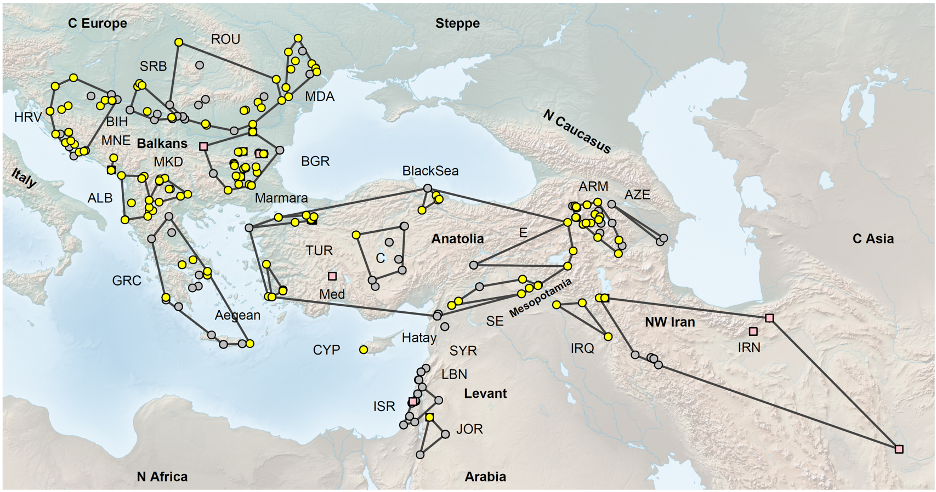What Does a New Ancient DNA Study Expose About Eurasia’s Southern Arc?
What is ancient history, and does it even matter? To this day, the breadth and scope of ancient history are not well defined. Technically, ancient history spans thousands of years, from the development of agriculture and the earliest permanent human settlements to the more recent transoceanic travel and human globalization. During that period, hundreds of distinct human populations appeared and disappeared, many lost forever to history—lost until now. With the new tools of ancient DNA and next generation sequencing, we can finally begin to discover the otherwise lost people of history. A 2022 study titled “The genetic history of the Southern Arc: A bridge between West Asia and Europe” does exactly that. This paper decodes hundreds of genomes and uncovers the migration patterns of the historically-important Southern Arc.

Who Lived in the Southern Arc?
This comprehensive study was published in August 2022 by Iosif Lazaridis and his team. The study analyzed more than 700 ancient genomes from regions as far east as Persia (modern day Iran), and as far north and west as Croatia. They named the area the Southern Arc. Genomes came from individuals living as early as the Neolithic period (~7,000 years ago) and as recent as early historical periods (between 500 and 600 years ago). However, most samples were from individuals who lived during the metal ages, (1,500 to 5,000 years ago). It was during this time that population centers grew, city states began to form, and people began to migrate and mix. As people moved, interacted and conquered one another, their haplogroups, or DNA lineages, would also change.
Haplogroups Found in the Southern Arc
Among the 727 ancient genomes studied, more than 355 of those were male and their Y chromosome haplogroup was determined.
Haplogroup C and H
Y chromosome haplogroups C and H are found today in Central and South Asian groups, and are rarely seen among West Asian and European populations. In this study, C and H occurred most frequently in Neolithic and Copper Age (Chalcolithic) populations in the Southern Arc. According to the study, neither of these haplogroups seemed to have survived there into the Imperial or Medieval times–starting 2,000 years ago.
Haplogroups G and J
Haplogroups G and J, in contrast, were found throughout the entire analyzed region and across all time periods. G and J were frequently found in ancient Anatolian (Turkey) and West Asian (Iran, Iraq, Jordan, and Armenia) groups, but were less frequent among Balkan populations.
Haplogroup R
Today, haplogroup R is the most common haplogroup in central and western Europe, and accounted for nearly 30% of ancient Southern Arc’s individuals. Almost all of the haplogroup R samples came from the Bronze and Iron Ages, or more recently. This pattern supports the hypothesis that haplogroup R was the dominant type among Europe’s Bronze Age invaders, coming to the continent from the vast Eurasian steppe.
The majority of R lineages in West Asia were associated with R-PF7580. Yet, the lineages in the Balkans were more of a mixture, including several descendants of R-P310. Haplogroup R-P310 is known to be ancestral to hundreds of groups existing today across central and western Europe.
This pattern suggests that haplogroup R split somewhere north of the Black Sea, and some descendant lines moved on to Europe, whereas others moved south to Persia.
Turkey’s Role in the Southern Arc
Another interesting result from the analysis was the central role that Turkey played in both European and West Asian history. Turkey rests at the center of the Southern Arc and is also at the geographic crossroads of Asia and Europe. Turkey was also the most highly represented country in the study, accounting for nearly one third of the ancient individuals.
Today, Turkey is a mixture of European and West Asian cultures. Compared with thousands of years ago, the region was a mixture of European and West Asian haplogroups. Haplogroups G, I, and J were the most common in Turkey across nearly all time periods. There were also occurrences of haplogroups E, H, L and T.
Curiously, the common haplogroup R is nearly absent from the country. This suggests that the Black Sea and the Caucasus mountains, just north of Turkey, may have functioned as barriers to the renowned Bronze Age expansion of that haplogroup.

Discover More of the Southern Arc
How does your haplogroup story fit with the history of Eurasia’s Southern Arc? Now you can see for yourself! All of the Southern Arc Y chromosomes have been analyzed and added to the FamilyTreeDNA Discover™ reports. A total of 355 new samples are available for matching. Check out the Discover report for your own family’s Big Y haplogroup and uncover your own place in ancient history.
